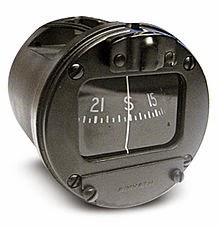(Updated at 12:22 hrs.)
Recommended Classics
In previous posts, we have discussed the topic of taking one quiet weekend to re-read the classics (The Seven Military Classics of Ancient China, Dao De Jing, Zhuang Zi, etc.) during the winter season while standing.
One of the following weekends, some of the group will be re-reading some of the following books:
- Against the Gods (The Remarkable Story of Risk);
- Sherlock Holmes Detective Stories;
- The Protracted Game;
- The Thirty-six Stratagems Applied to Go;
- The Tao of Physics;
- Strategies for the Human Realm;
- The Tao of Deception;
- 100 Unorthodox Strategies;
- Dao De Jing;
- Zhuang Zi;
- The Romance of the Three Kingdoms; and
- other unique strategic classics.
Here is an abridged list of the past "hot" books that we have read:
- Anti-Fragile;
- Made to Stick;
- The Physics of Wall Street;
- The Signal and The Noise: Why So Many Predictions Fail- but Some Don't
- Turing's Cathedral: The Origins of the Digital Universe
- Bill James's Baseball Abstract
- Dr. Ralph D. Sawyer's translation of The Seven Military Classics of Ancient China
- Dr. Ralph D. Sawyer's translation of Sunzi's The Art of War
This specific tradition and the use of the standing table have also enabled us to hone our strategic and tactical skills.
Other Traditions and Suggestions
Following are other interesting yearly traditions that some of our strategic associates have always abide by:
- Renewing one's yearly subscription of Business Week, Wired, Psychology Today, The Wall Street Journal and The Economist;
- Reviewing and updating one's tactical playbook;
- Reviewing and updating one's contacts database;
- Upgrading one's own technological infrastructure; and
- Updating one's own security practices.
- Donating some cash and/or valued books to the local libraries;
- Donating some cash and/or food to the local charities; and
- Offering strategic advice to the local non-profit charities.
Practicing the process of reading the configuration of a situation, reflecting on the pluses and the minuses and adjusting to the situation, is the daily proclivity of a good strategic implementer.
In our case, we preferred the practice of assessing, positioning and influencing. We will discuss about that specific practice in a future post.
Side note
The book reading tradition and the walking of precipitous heights originated from an associate who studied from a Wu Dang practitioner/TCM expert.
Happy New Year!











+%5B009%5D.jpg)


